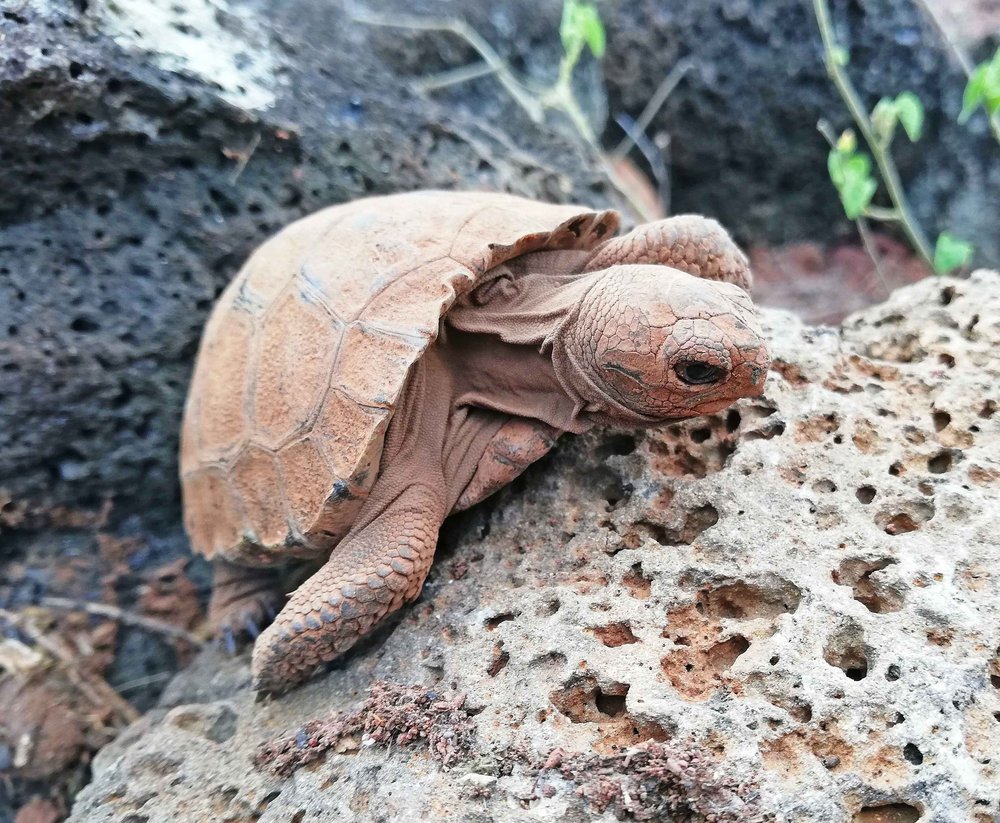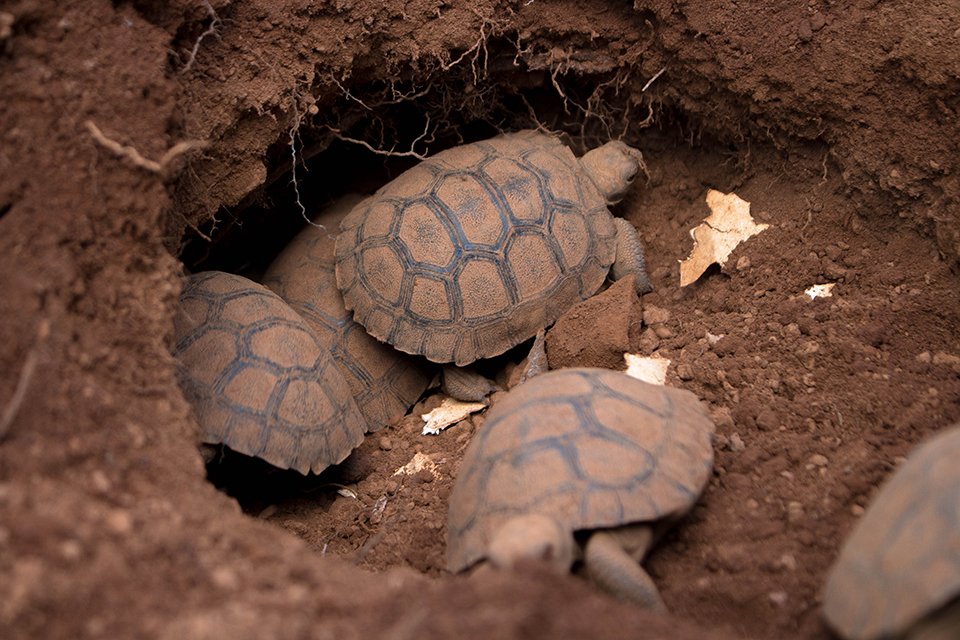On March 5 2020, we welcomed the latest giant Galapagos tortoise newborns. There were 9 born in total in that nest, and to celebrate we would like to invite you to help us in naming one of them.
















-->
About the Galapagos Giant Tortoise
The new tortoises came into the world thanks to the work of the Galapagos National Park (GNP) and Galapagos Tortoise Movement Ecology Programme (GTMEP). The Galapagos giant tortoise is one of the most iconic species on the Archipelago and a species most associate when they think of the Galapagos Islands.
A total of 15 Galapagos tortoise species have been described, but due to centuries of over-harvesting, there are only 11 extant species on the archipelago, all of which remain endangered due to habitat change, invasive species, and other human impacts

Thanks to the GNP and CDF conservation efforts, tortoises are slowly recovering and numbers started to increase.
The GTMEP works since 2009 to better understand tortoise migration and how human activities may compromise their wellbeing. To do so, we attach tiny telemetry devices to the shell of newborn tortoises, in order to follow their movements and study their survival and growth. Every 2 weeks our team walks down 10 km to reach the nesting areas and take weight and measurements of these babies.

The continued protection and conservation would not be possible without the support from our donors. If you would like to help the Charles Darwin Foundation and the efforts of the Galapagos Tortoise Movement Ecology Programme please donate and support.
The Galapagos Tortoise Movement Ecology Programme is a multi-institutional collaboration between the Charles Darwin Foundation, Max Planck Institute for Animal Behavior, Galapagos National Park Directorate, Saint Louis Zoo Institute for Conservation Medicine, Houston Zoo, and Galapagos Conservation Trust.




